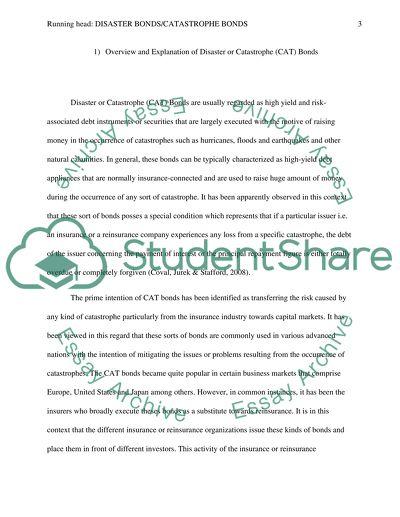Cite this document
(“Disaster Bonds/Catastrophe Bonds Term Paper Example | Topics and Well Written Essays - 2500 words”, n.d.)
Retrieved from https://studentshare.org/macro-microeconomics/1403991-disaster-bonds-catastrophe-bonds
Retrieved from https://studentshare.org/macro-microeconomics/1403991-disaster-bonds-catastrophe-bonds
(Disaster Bonds/Catastrophe Bonds Term Paper Example | Topics and Well Written Essays - 2500 Words)
https://studentshare.org/macro-microeconomics/1403991-disaster-bonds-catastrophe-bonds.
https://studentshare.org/macro-microeconomics/1403991-disaster-bonds-catastrophe-bonds.
“Disaster Bonds/Catastrophe Bonds Term Paper Example | Topics and Well Written Essays - 2500 Words”, n.d. https://studentshare.org/macro-microeconomics/1403991-disaster-bonds-catastrophe-bonds.


